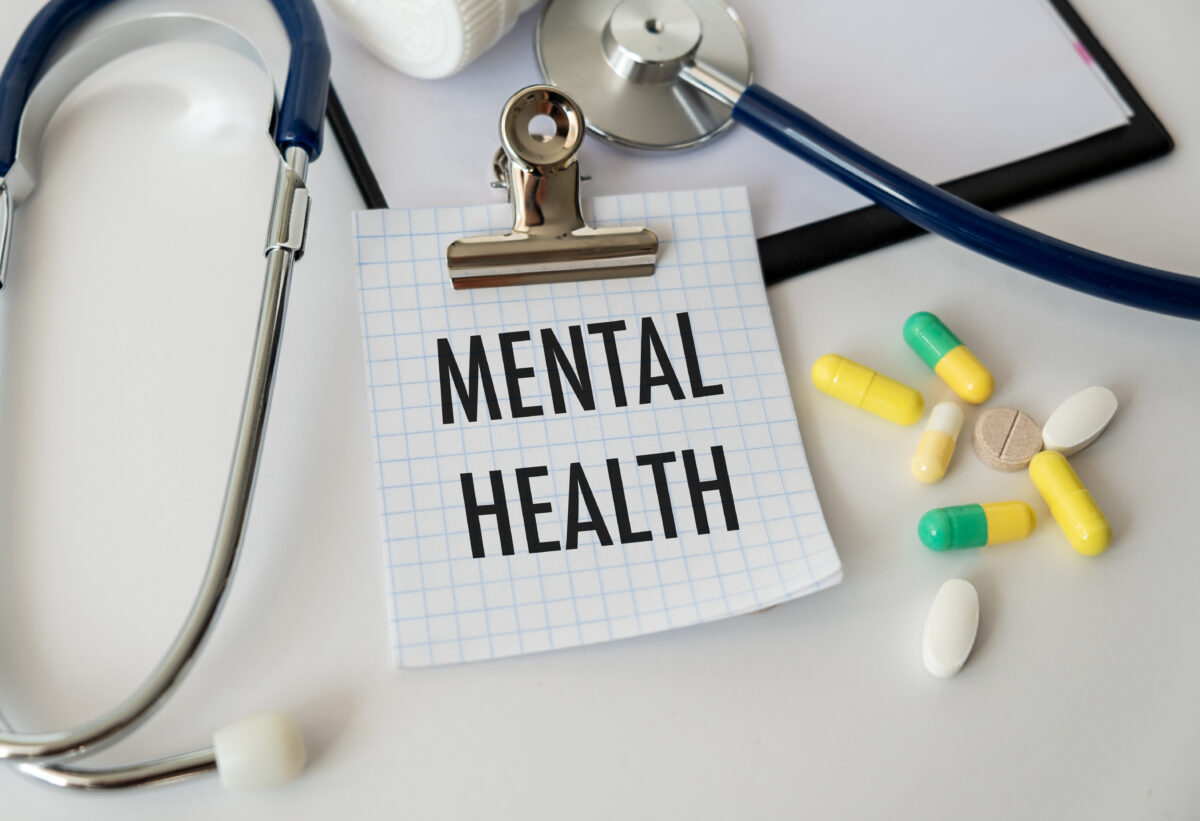
Author
Elizabeth (Izzy) Montgomery, MPA
Policy Analyst
Contact
ACHI Communications
501-526-2244
jlyon@achi.net
A new survey finds worsening rates of persistent sadness, protective sexual behaviors, and experiences of violence among U.S. teens. The survey also includes some positive findings, however, including declining rates of illicit drug use and sexual activity.
The Centers for Disease Control and Prevention (CDC) released the Youth Risk Behavior Survey Data Summary and Trends Report: 2013-2023 on August 6. Data for the Youth Risk Behavior Survey are collected every two years from a nationally representative sample of U.S. public and private high school students.
The new report includes data from the latest survey, conducted in 2023, and notes changes from the 2021 data as well as 10-year trends. The 2023 survey data include findings for 30 indicators across five categories: sexual behavior, substance abuse, experiencing violence, mental health and suicidal thoughts and behaviors, and new and emerging national data, with the latter category including topics such as school connectedness and social media use.
Negative Trends
In the category of mental health and suicidal thoughts and behaviors, worsening trends were seen for nearly all indicators. Examples include the percentage of high school students who experienced persistent feelings of sadness or hopelessness (40% in 2023, up from 30% in 2013) and the percentage who seriously considered attempting suicide (20% in 2023, up from 17% in 2013).
In the category of sexual behavior, worsening trends were seen in the percentage of sexually active high school students who used a condom the last time they had sex (52% in 2023, down from 59% in 2021) and the percentage who were ever tested for HIV (7% in 2023, down from 13% in 2021).
In the experiencing violence category, worsening trends were seen for most indicators, including the percentage of high school students who were threatened or injured with a weapon at school (9% in 2023, up from 7% in 2013) and the percentage who missed school because of safety concerns (13% in 2023, up from 7% in 2013). While the percentage of high school students who were bullied at school showed a slight decrease over 10 years, there was a notable increase between 2021 (15%) and 2023 (19%).
Positive Trends
Ten-year trend data in the sexual behavior category show declines in adolescent sexual activity. Examples include the percentage of high school students who had ever had sex (32% in 2023, down from 47% in 2013) and the percentage who were currently sexually active (21% in 2023, down from 34% in 2013).
In the substance use category, 10-year trend data show improvement across all indicators. It should be noted, however, that the report does not include data on teen smoking or vaping.
The report shows decreases in the percentages of high school students who:
- Currently drank alcohol (22% in 2023, down from 35% in 2013)
- Currently used marijuana (17% in 2023, down from 23% in 2013)
- Had ever used certain illicit drugs, i.e., cocaine, inhalants, heroin, methamphetamines, hallucinogens, or ecstasy (10% in 2023, down from 16% in 2013)
The survey also found that the percentages of high school students who had ever used certain illicit drugs decreased across racial groups, including Black students (7% in 2023, down from 11% in 2013, Hispanic students (10% in 2023, down from 21% in 2013), and White students (11% in 2023, down from 16% in 2013).
Two opioid-related indicators that were added to the survey more recently than 2013 show improvement in the percentages of high school students who:
- Ever misused prescription opioids (12% in 2023, down from 14% in 2017)
- Currently misused opioid prescriptions (4% in 2023, down from 7% in 2019)
The survey also found that the percentages of Black (7% in 2023, down from 9% in 2013), Hispanic (10% in 2023, down from 14% in 2013), and White students (11% in 2023, down from 14% in 2013) who had ever used certain illicit drugs decreased between 2013 and 2023.
New and Emerging National Data
The CDC adds new questions to the Youth Risk Behavior Survey every year to better understand emerging issues facing high school students. Examples of recently added topics include:
- School connectedness. A little over half (55%) of high school students agreed or strongly agreed that they felt close to people at their school. Male students were more likely to report feeling close to people at school than female students (60% of males vs. 50% of females). LGBTQ+ students were less likely to feel close to people at school compared to their cisgender and heterosexual classmates (46% of LGBTQ+ students vs. 59% of cisgender and heterosexual students).
- Racism in school. About a third of high school students (32%) reported ever experiencing racism in school. Asian students were the most likely to report experiencing racism (57%), followed by multiracial students (49%), Black students (46%), Hispanic students (39%), Native Hawaiian or Pacific Islander students (38%) and American Indian or Alaskan Native students (38%).
- Social media use. A majority (77%) of high school students reported using social media several times a day. Female students were more likely to use social media than male students (82% of female students vs. 73% of male students).
ACHI has previously explored trends among Arkansas public high school seniors as part of our 100 Arkansans project.






